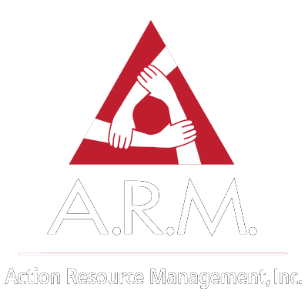 Backover prevention — A backover happens when a worker is struck by a vehicle that is backing up. Fortunately, they are preventable. These mishaps can occur for several reasons, including distracted workers, drivers’ blind spots, faulty or inaudible backup alarms and drivers who assume the path is clear without checking before they shift to reverse.
Backover prevention — A backover happens when a worker is struck by a vehicle that is backing up. Fortunately, they are preventable. These mishaps can occur for several reasons, including distracted workers, drivers’ blind spots, faulty or inaudible backup alarms and drivers who assume the path is clear without checking before they shift to reverse.
Why do backover incidents occur?
Backover accidents occur for many different reasons, which is why workers should always pay attention when on the job. Here are some scenarios in which a backup accident could occur:
- A driver not able to see a worker in their blind spot.
- A worker not being able to hear backup alarms because of other worksite noises or because the alarms aren’t functioning properly.
- A spotter assisting one truck may not see another truck behind him. Workers riding on vehicles may fall off and get backed over.
- Drivers may assume that the area is clear and not look in the direction of travel.
Even with all of those scenarios, sometimes it’s unknown why a worker was in the path of a backing vehicle. It can be a combination of factors that leads to a backover incident.
OSHA suggests these ways to prevent backovers in a work zone:
 Spotters
Spotters
- Spotters and drivers should agree on hand signals before backing up.
- Spotters should always maintain visual contact with the driver while the vehicle is backing up.
- Drivers must stop backing up immediately if they lose sight of the spotter.
- Spotters should not use personal phones, personal headphones or any item that could pose a distraction while they are spotting.
- Spotters should wear high-visibility clothing.
Cameras
- Check all backup cameras on all vehicles before moving in reverse. Some vehicles may require more than one backup camera.
Proximity Detection Systems
- Use these systems to alert the driver with a visual or an audio warning.
- Use the system that works best for the situation; there are radar, ultrasonic and tag-based systems.
Internal Traffic Control Plans (ITCPs)
- Use ITCPs to coordinate traffic flow to minimize or eliminate the need for vehicles to back up.
 Final thoughts
Final thoughts
Backover prevention is possible but it requires all workers to pay attention and follow safety guidelines. If you’re a spotter, always stay alert and aware of your surroundings. For safety’s sake, you don’t have time to daydream or check your phone when trucks are backing into place. Read more about preventing backups from OSHA here. Stay safe out there!
Learn about A.R.M. and our services here.
